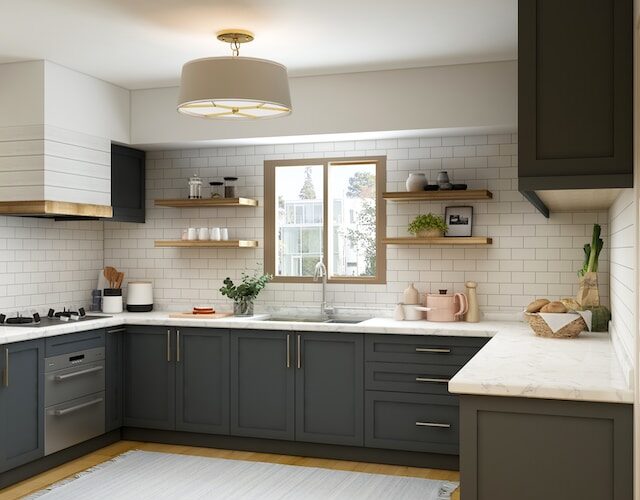Cambria countertops are long-lasting and durable. The material is certified hygienic and resists stains, keeping bacteria from penetrating the surface.
The
quartz countertops are non-porous and don’t need to be sealed. However, they can be damaged by sudden and sustained heat. For this reason, keeping a closed-weave hot pad or trivet handy is important.
Versatility
The beauty of Cambria countertops St. Louis is that they can be used in any room of your home. Unlike granite, they’re non-porous and safe for food preparation. They also don’t fester germs and require no special cleaning products or polishing.
Additionally, these surfaces are more durable and scratch-resistant than other countertop materials. Cambria counters will last for decades, meaning they won’t need to be resurfaced or repolished like other materials such as laminate and quartz.
The enduring beauty of Cambria counters reflects the quality of the brand. It’s easy to see why homeowners choose this material more than ever.
Durability
Although real stone is stunning, it may also be brittle and delicate. To create a strong, resilient counter surface that lasts for decades, the compound material Cambria combines natural quartz with 7% resins.
Cambria is strong enough to resist damage from dropping or cutting on the countertop, and it won’t chip or crack like granite. The durability of these countertops also means that homeowners don’t have to spend extra money on professional sealing.
There are a wide variety of colors available for homeowners to choose from. From calming and serene Summerhill to the dynamic patterns of Bellingham and Windermere, there’s a Cambria color to complement any kitchen style. All colors are available in several finishes to match your cabinet design. It includes matte, satin, and high gloss.
Easy Care
The non-porous surface of Cambria doesn’t provide a habitat for bacteria, mold, or mildew, which makes it hygienic and easier to clean. Unlike granite and marble, it resists staining, so those wine and tomato spills will wipe right up without any marks.
Cambria is more resistant to surface damage than natural stone, but no material is completely scratch-proof. A minor knife slip or a forceful hit from a heavy object may cause chips, so keeping a protective cutting board nearby is important.
Keeping your countertops in good shape requires regular cleaning with a recommended cleaner. Most common household dish soaps will do, but you can also try a special surface cleaner for quartz surfaces.
Style
When it comes to style, Cambria countertops stand out in a crowd. They aren’t only more stylish than granite, and they’re also less maintenance-intensive. Cleaning them with warm water and mild soap without sealing or polishing is simple.
Cambria is non-porous, unlike porous granite, which can absorb food non-porous. That means you can set down hot, oily pans on your quartz counters without fear of them becoming stained or contaminated with harmful bacteria.
Several popular Cambria quartz designs boast bold, contrasting veins and tones perfect for kitchen islands. Skara Brae, for example, combines pale, brimming olive greens that plunge in various directions against a bone-white marbled backdrop.
Value
Unlike natural stone, which can need constant maintenance and resealing, Cambria countertops will not lose their beauty or value over time. Cambria is also great for homeowners who want to support American-made companies.
Cambria is a bit more expensive than granite, but the cost will keep you from blowing away. A countertop should cost between $40 and $150 per square foot, not including installation fees. Cambria is a fantastic alternative for individuals who want to improve their kitchen on a budget. It is particularly true if you intend to sell your house shortly.

